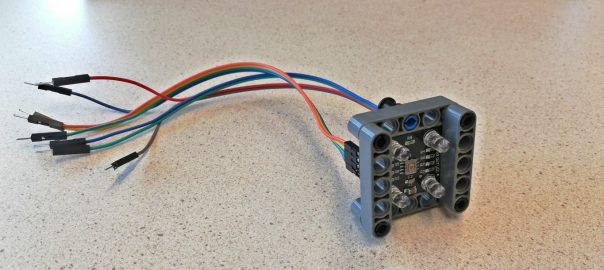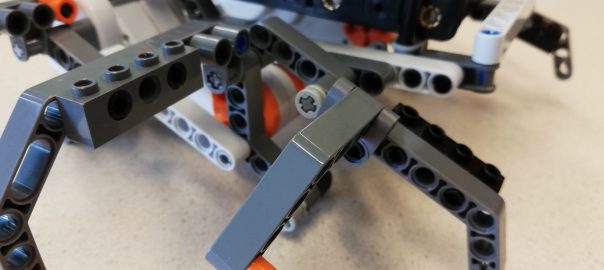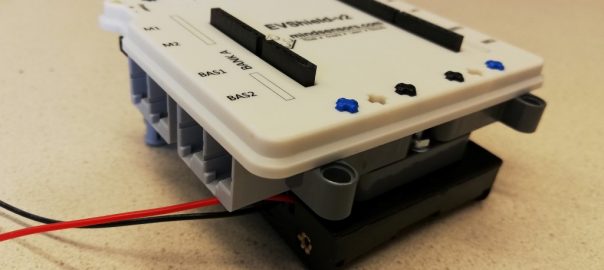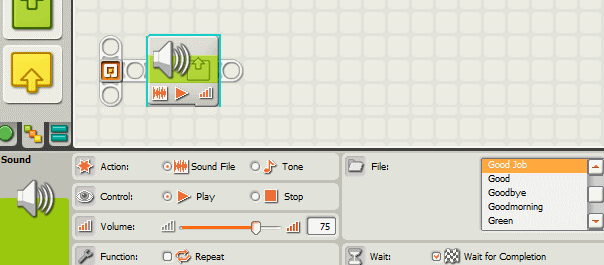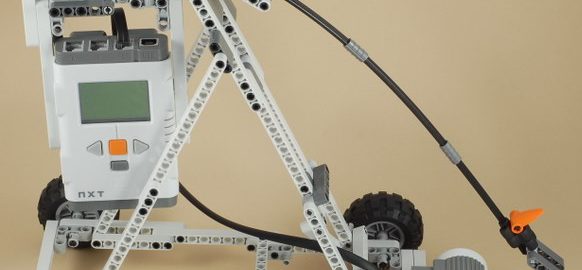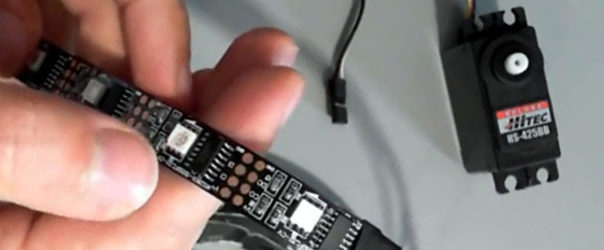
Options for additional components and power for the Arduino
What options are there for the use of motors in our project? There are many types of motors. There are 3 basic types (more info): Most light servo motors, like the common SG90 (which you can borrow from Fjodor), can be used directly with an Arduino (no motor driver/controller required). For some heavier types and … Continue reading Options for additional components and power for the Arduino
